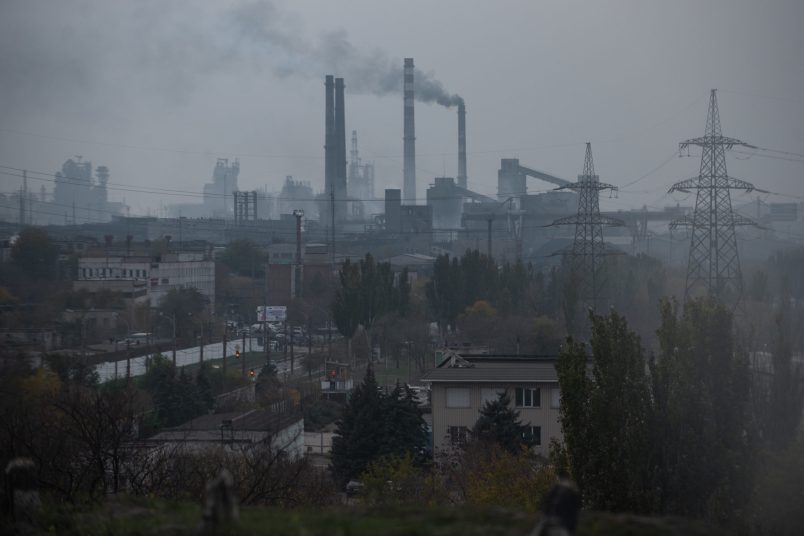The fighting in Mariupol is ending at a massive steel mill: the Azovstal factory.
Potentially hundreds of Ukrainian fighters — along with what they say are up to 1,000 sheltering civilians — are holed up in the factory, a maze of tunnels, pipes, and channels for molten steel, frozen now for the first time since World War Two.
I visited Azovstal in July 2017 while I was reporting a series of stories that I wrote about the war in the Donbas. At Azovstal, I was interested in the connections that had endured across what was then called the contact line — the division between territory held by the Ukrainian government, and that controlled by Russian-backed separatists.


 Members-Only Article
Members-Only Article
